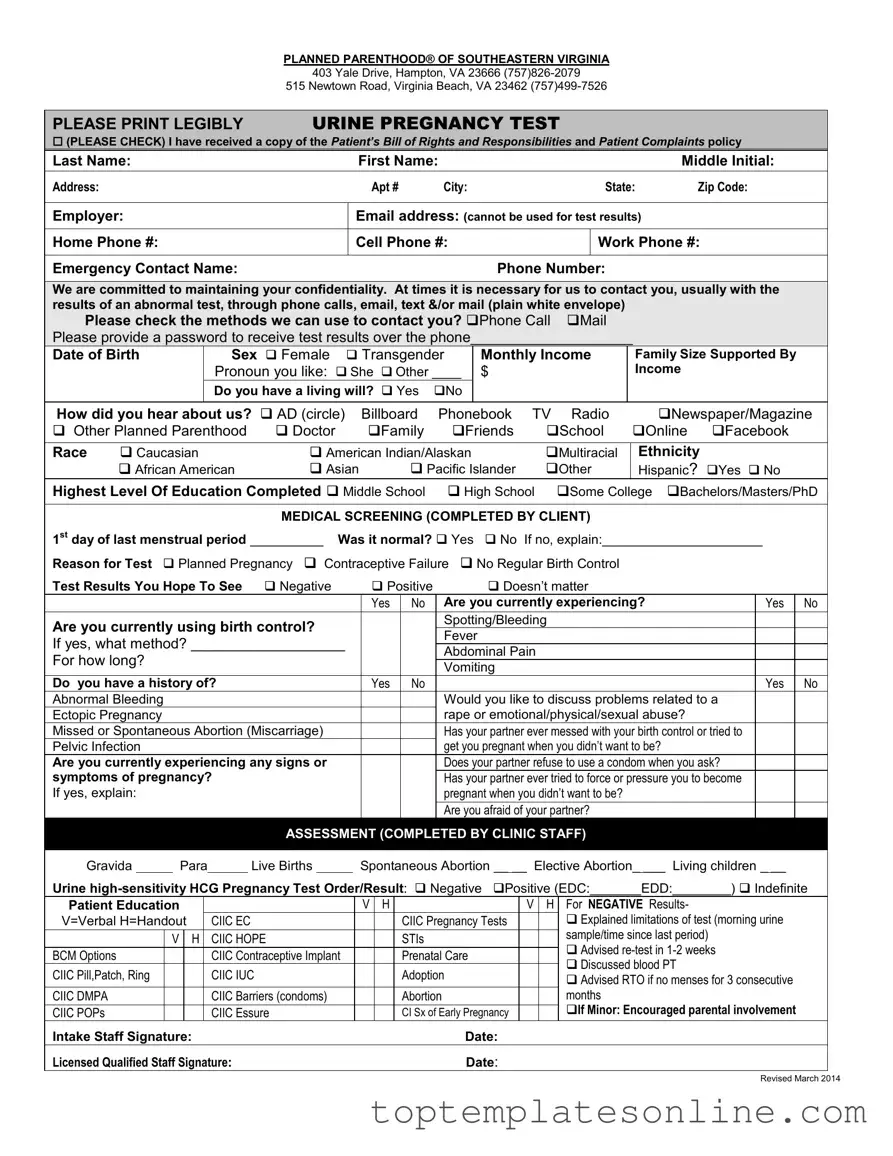Fillable Planned Parenthood Proof Form
The Planned Parenthood Proof form is a vital document used by individuals seeking medical services at Planned Parenthood facilities. This form collects essential personal information, including medical history and contact preferences, to ensure that patients receive the appropriate care and support. By completing this form, patients can help maintain their confidentiality while accessing important health services.
Customize Planned Parenthood Proof Here
